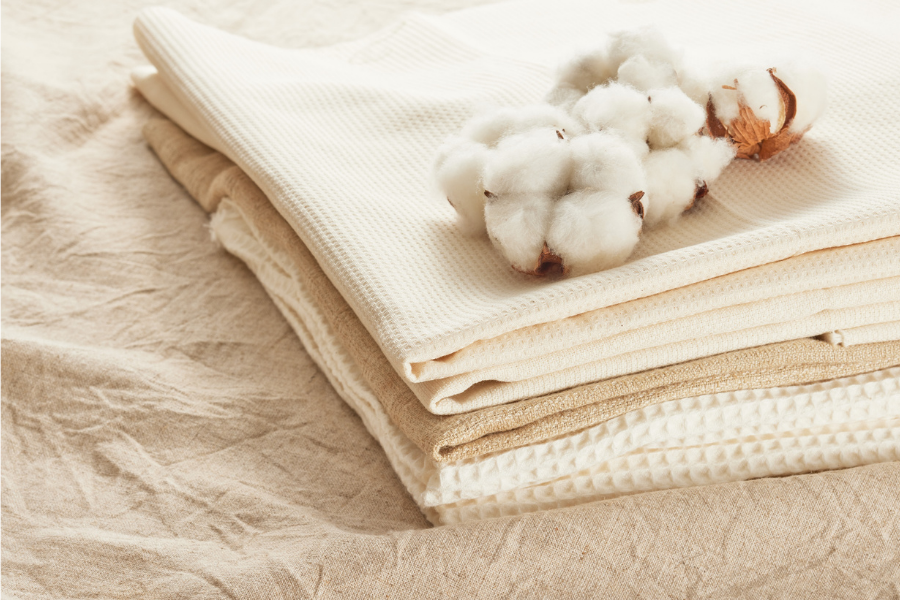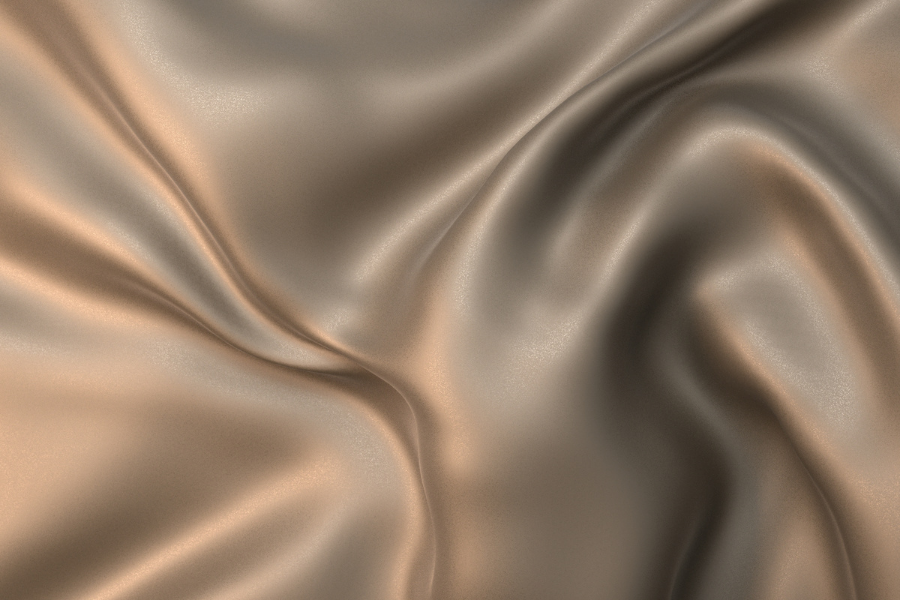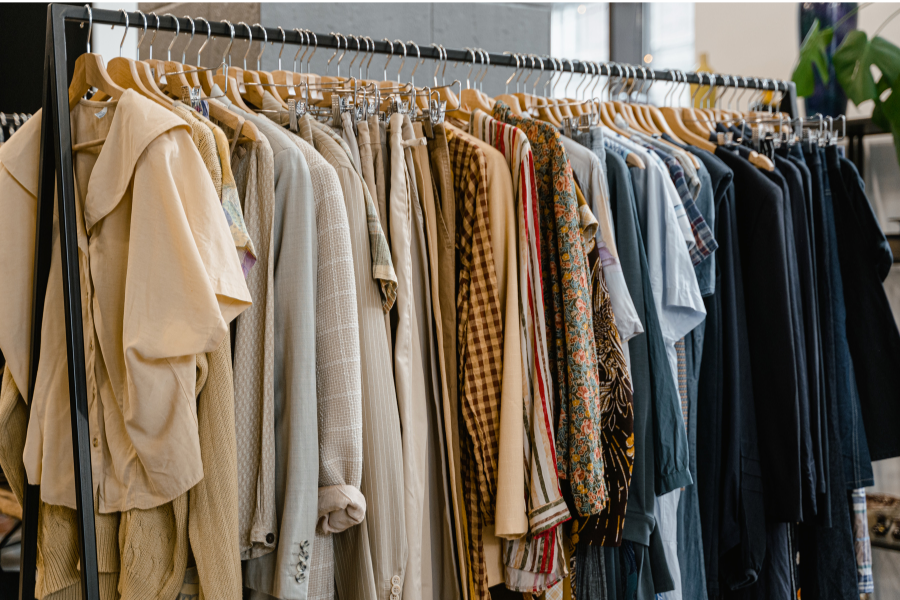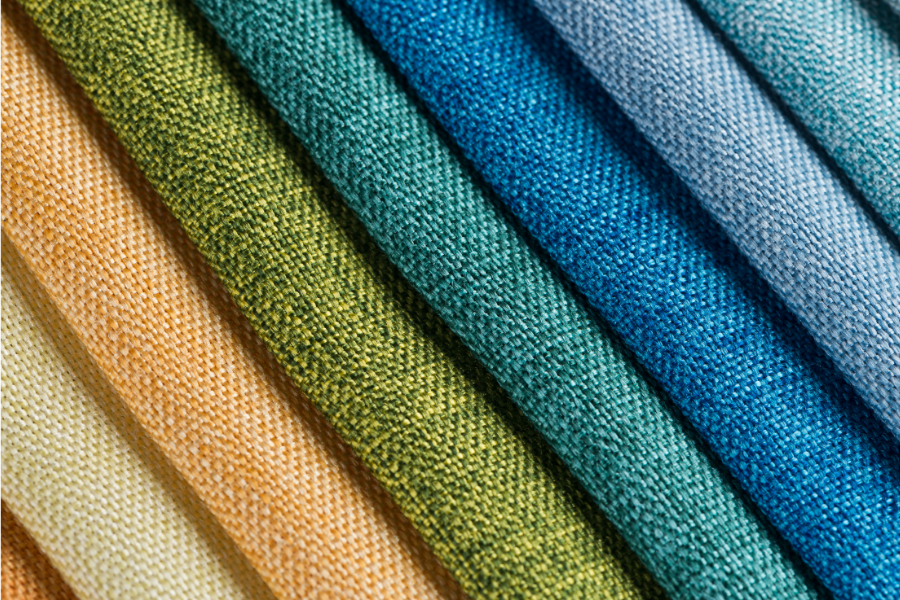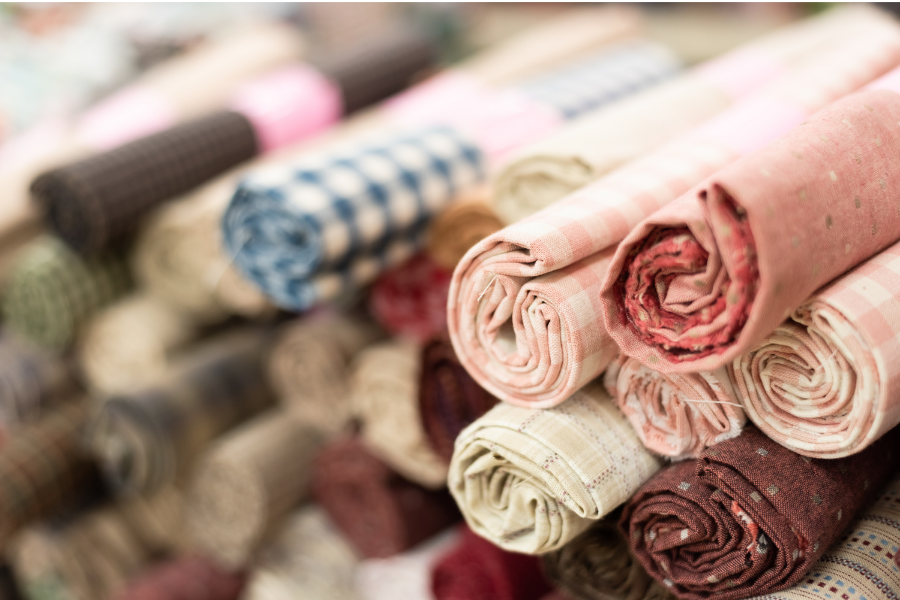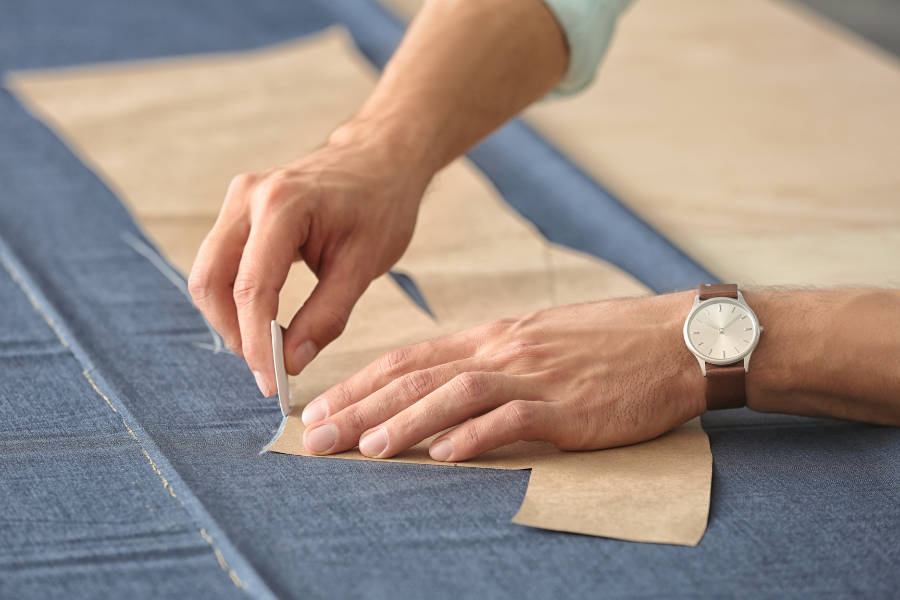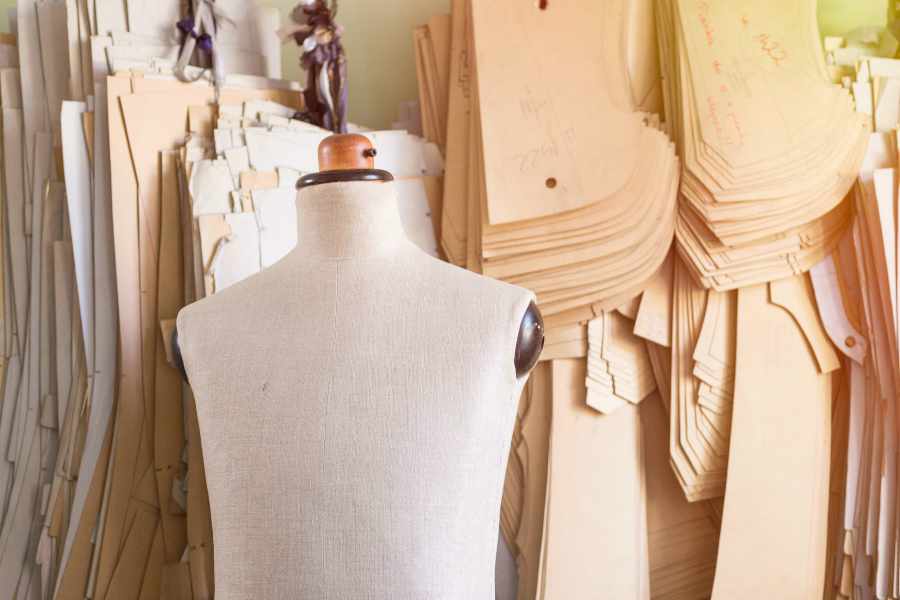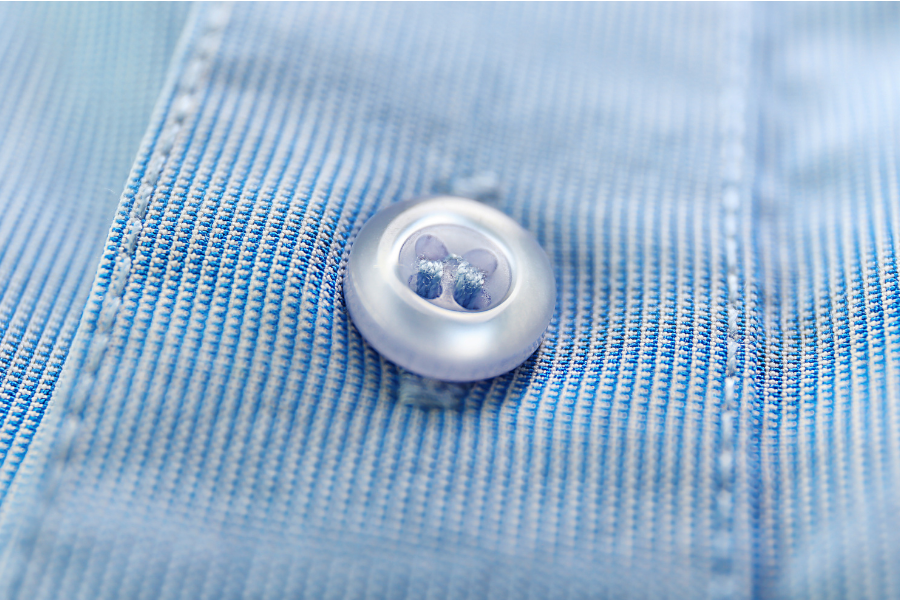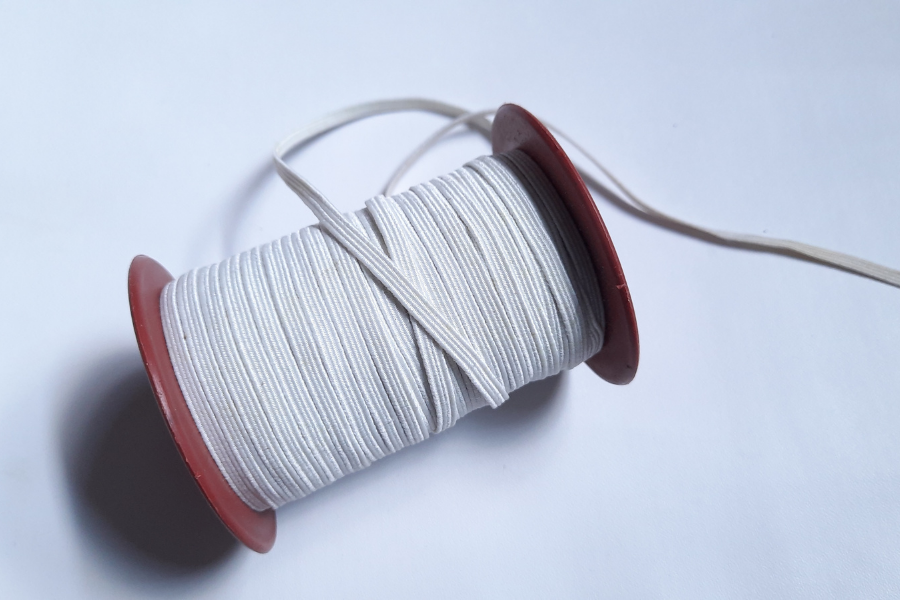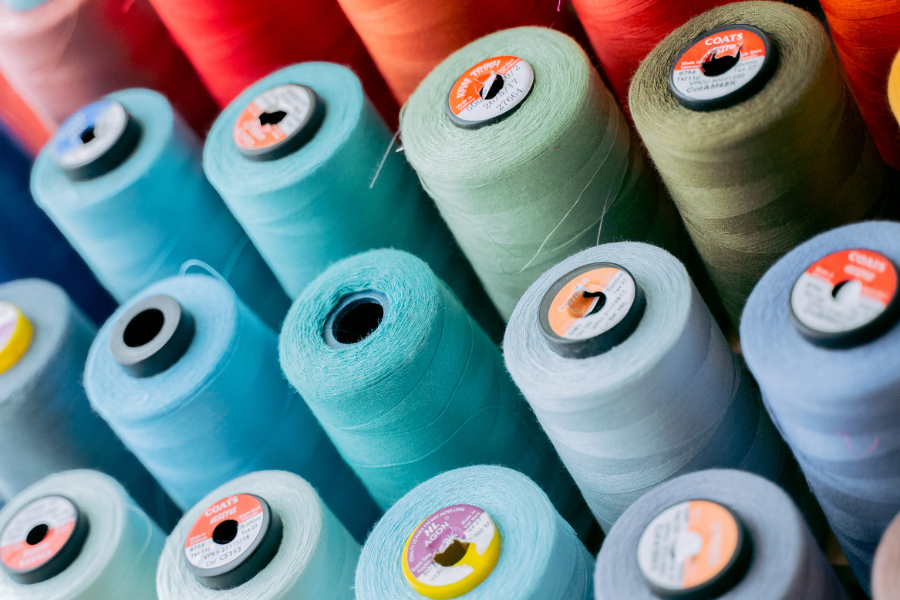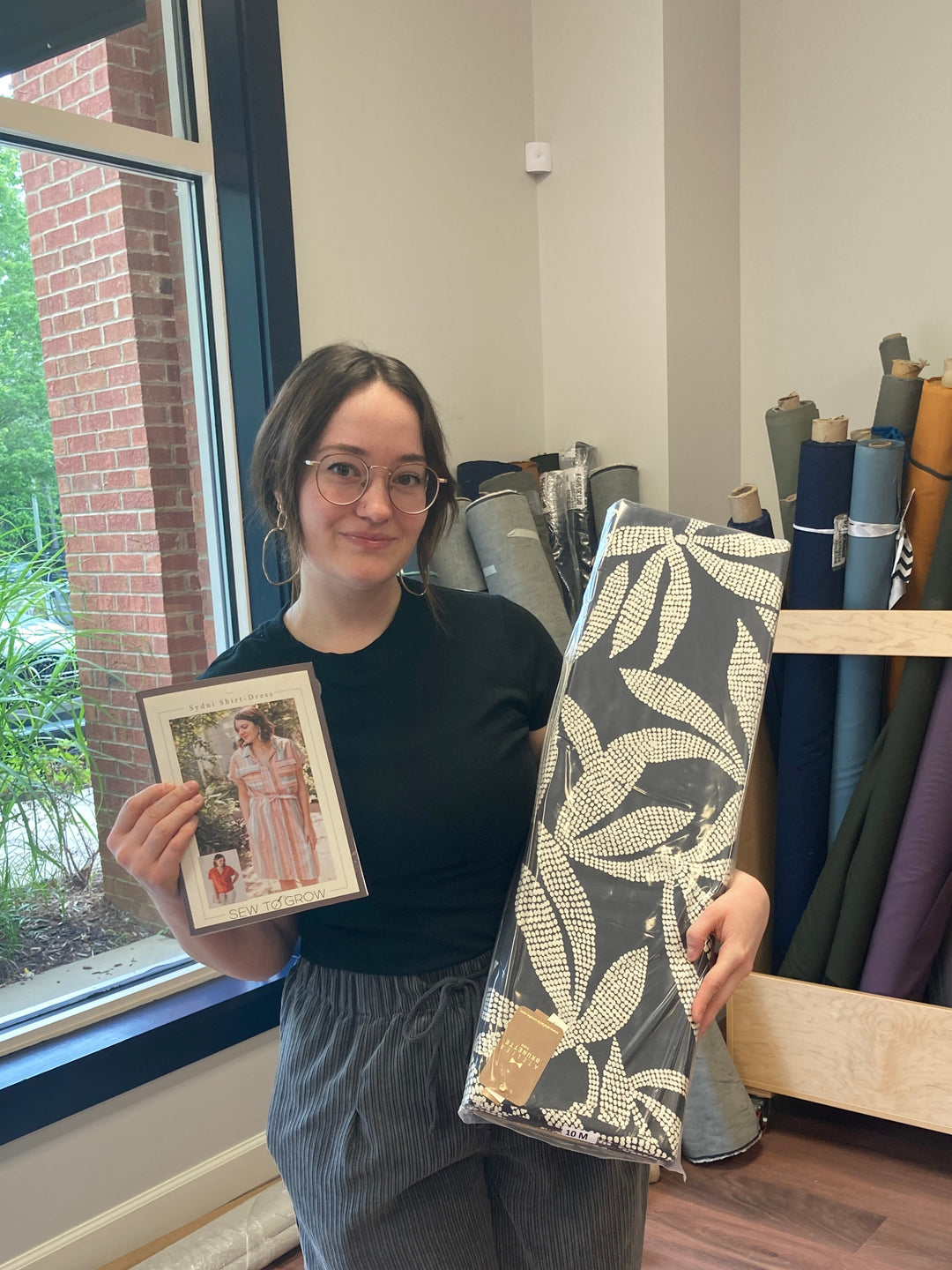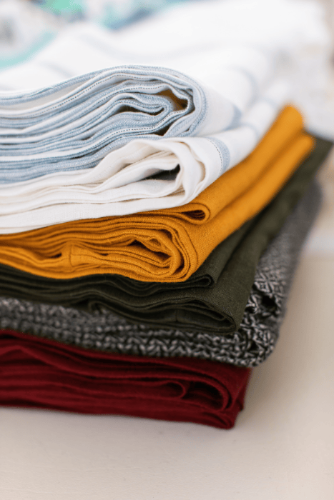What’s My Stash?

Is it a new game show? Maybe a new reality TV show? No! It’s a simplified textile burn chart AND videos for you!
We admit it. Sometimes there’s fabric in our stash and we just can’t remember the content listing. That’s where the burn test comes in. We’re not here to re-invent the wheel. There are other really good, thorough, DETAILED charts out there… and sometimes we just don’t want that much information.
The Burn Test
You don’t need a PhD in textiles, you just need to remember these 3 things: Plant, Protein, Synthetic. Keep reading for more details but here’s your easy quick guide to remember when conducting your own home burn tests:
What’s My Stash?

Plant means linen, flax, hemp, cotton, rayon, cupro, viscose, tencel, etc. Burn tests will tell you plant by smelling like burning paper, wood, or leaves and the ash is always just gray or dusty unless it’s something like mercerized cotton, then you’ll get some blackend ash. The plant family lights quickly and burns quickly, so with this more than any other, make sure you’re burning in a sink or outside and in a fire-proof container. With just a burn test, it’s near impossible to differentiate between the plant fiber sub-families. This is when other tests come in handy. Linen, for example, is a long-staple fiber. It is difficult-to-impossible to rip linen on-grain and must be cut with scissors or a rotary cutter. Cotton and the rayon-group can all be ripped on-grain. The best indicator of rayon/viscose/tencel/cupro is getting it wet. The rayon family is all drape and ripple like silk when dry, but the second they’re wet, they’re almost like a wet tent: stiff, weirdly brown paper bag like, and nothing like its silky dry self.
Here’s just the Plant Family part of our burn video:
Protein means animal derived. Silk, wool, and leather fall into this category. Wool includes alpaca, fur, goat, sheep – all hair and furs have protein. Proteins will burn but are very slow to start burning. They won’t go up in a big swoosh of flame, but more slowly burn at the edges and go out quickly. They often smell like burning hair or feathers. This is a key indicator when you can’t tell if you have a rayon or a silk, but we’ll get into blends later! Video section here:
Synthetics are nylon, acetate, polyester, acrylic, elastic, and include modern spins and brand names such as elastane and spandex. These are all oil industry products, are forever-chemicals, and are all fancy words for plastic with varying plasticizers to change how they behave. It can be tricky to tell what else is in a fabric when it’s blended with synthetics. Here’s a snippet of a 100% polyester and a few blends for comparison:
If you want the whole video, from beginning to end, it’s up on YouTube here:
What fiber is your favorite to sew with? Now you have the easy tools to help understand what you already have in your stash, and decide if these are what fits your sewing goals.




